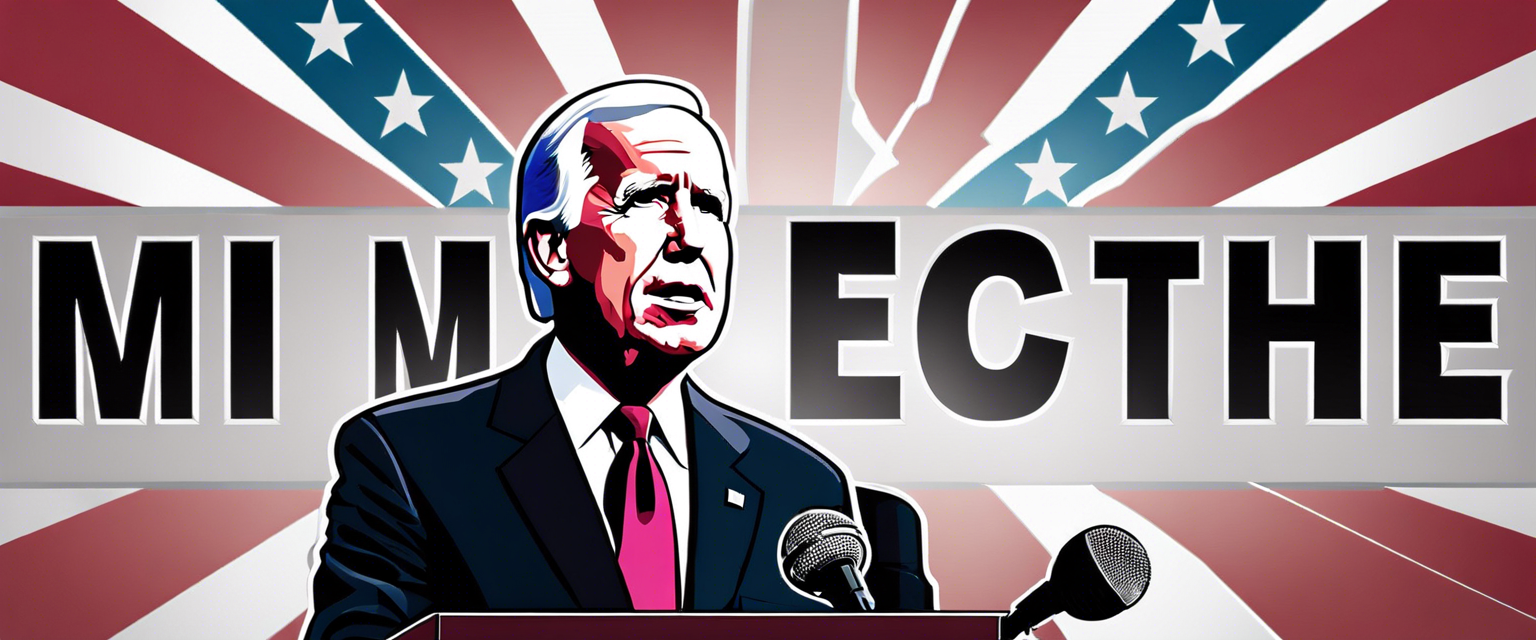Understanding the Evolution of Free Speech Tests in the U.S.
The topic of free speech in the United States has long been a subject of legal and societal debate. A significant turning point in First Amendment jurisprudence was marked by the Supreme Court's shift from the "clear and present danger" test to the Brandenburg test. This change illustrates how interpretations of free speech evolve over time.
Historical Context: The Clear and Present Danger Test
The "clear and present danger" standard originated from the 1919 Supreme Court case, Schenck v. United States, where Justice Oliver Wendell Holmes Jr. famously stated that free speech does not protect a man from falsely shouting fire in a theatre and causing a panic. This phrase has since become emblematic of discussions around the limits of free speech.
The Shift to the Brandenburg Test
In 1969, the Supreme Court overturned the clear and present danger test in the landmark case Brandenburg v. Ohio. The Brandenburg test reframed the conversation about free speech limitations, focusing on whether speech is directed to inciting imminent lawless action and is likely to produce such action. This marked a significant expansion of free speech protections.
Recent Discussions and Misconceptions
Despite the clear legal precedent set by the Brandenburg case, misinterpretations persist. Notably, JD Vance, a Yale Law School graduate, recently cited the outdated "fire in a crowded theater" analogy in discussions about free speech. This reflects a misunderstanding of the current legal standards governing speech in the U.S.
Implications for Free Speech Today
The ongoing discourse around free speech continues to be relevant, particularly as various individuals and groups navigate the complexities of expressing ideas in a society that values both liberty and order. Understanding these legal standards is crucial for informed discussion and debate.
Conclusion
As the landscape of free speech evolves, so too must our understanding and interpretation of these crucial judicial tests. Recognizing the current legal framework is essential for engaging meaningfully in conversations about the boundaries of free expression.
For Further Reading
If you're interested in delving deeper into the nuances of free speech law, consider exploring the following resources:
- First Amendment Overview - U.S. Courts
- Free Speech Issues - ACLU
- Brandenburg v. Ohio Case Analysis - SCOTUS Blog
Engage with Us
What are your thoughts on the current standards of free speech? Do you believe the Brandenburg test sufficiently protects individuals? Let us know in the comments below!



Laat een reactie achter
Alle reacties worden gemodereerd voordat ze worden gepubliceerd.
Deze site wordt beschermd door hCaptcha en het privacybeleid en de servicevoorwaarden van hCaptcha zijn van toepassing.